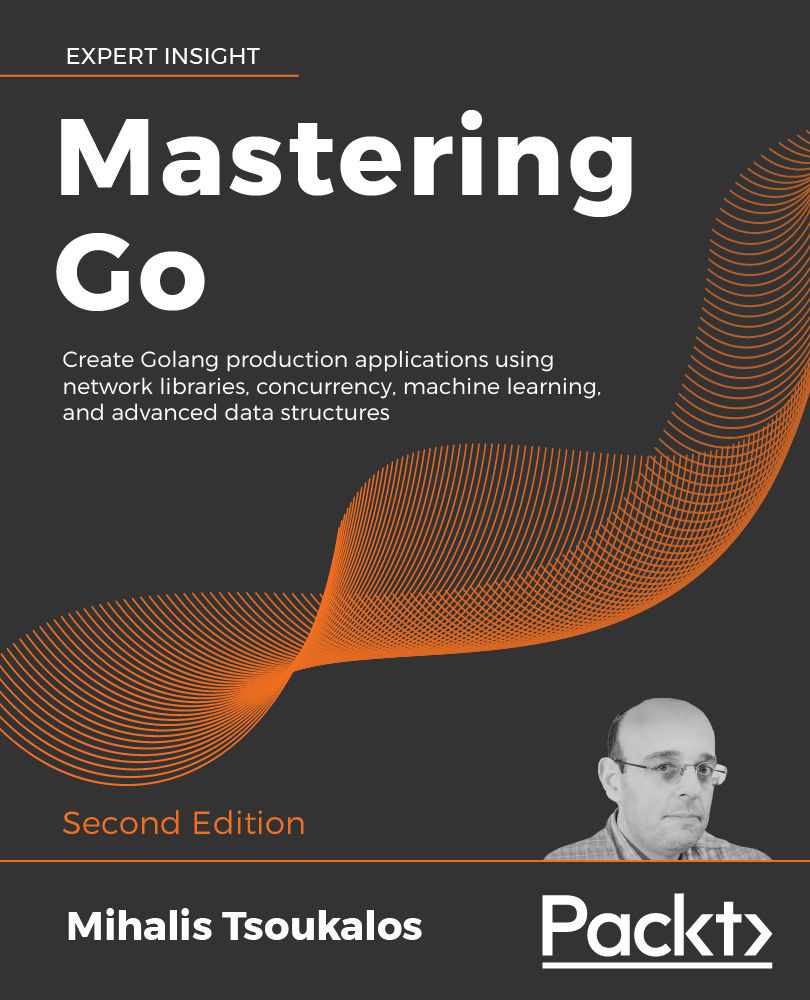In this chapter, you learned about debugging, git(1), GitHub, and interfaces, which are like contracts, and also about type methods, type assertion, and reflection in Go. Although reflection is a very powerful Go feature, it might slow down your Go programs because it adds a layer of complexity at runtime. Furthermore, your Go programs could crash if you use reflection carelessly.
You additionally learned about creating Go code that follows the principles of object-oriented programming. If you are going to remember just one thing from this chapter, it should be that Go is not an object-oriented programming language, but it can mimic some of the functionality offered by object-programming languages, such as Java and C++. This means that if you plan to develop software using the object-oriented paradigm all of the time, it would be best to choose a programming language other...


